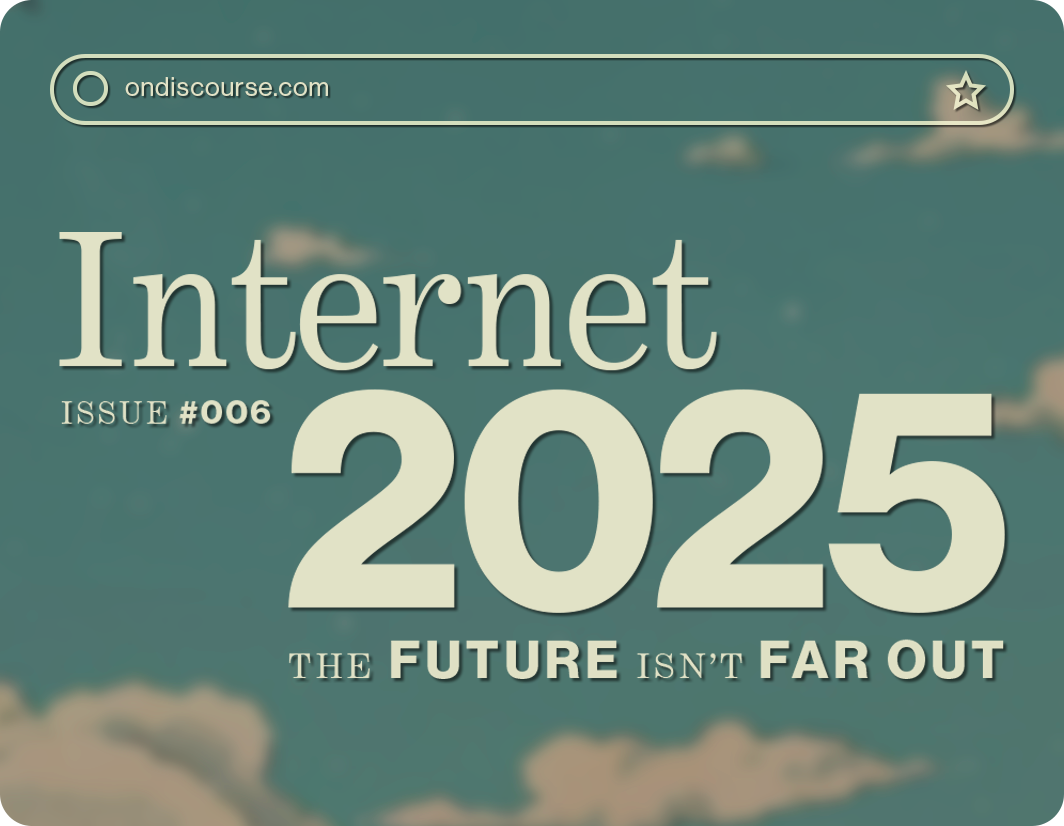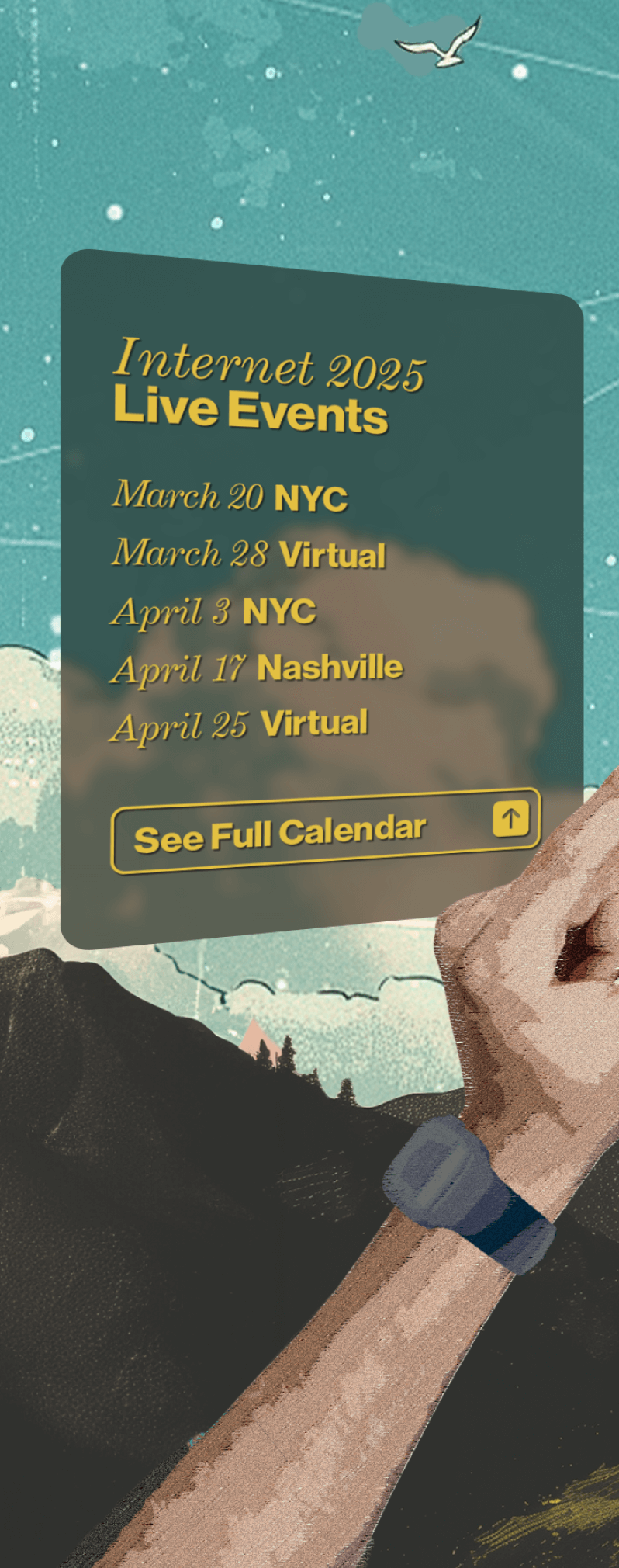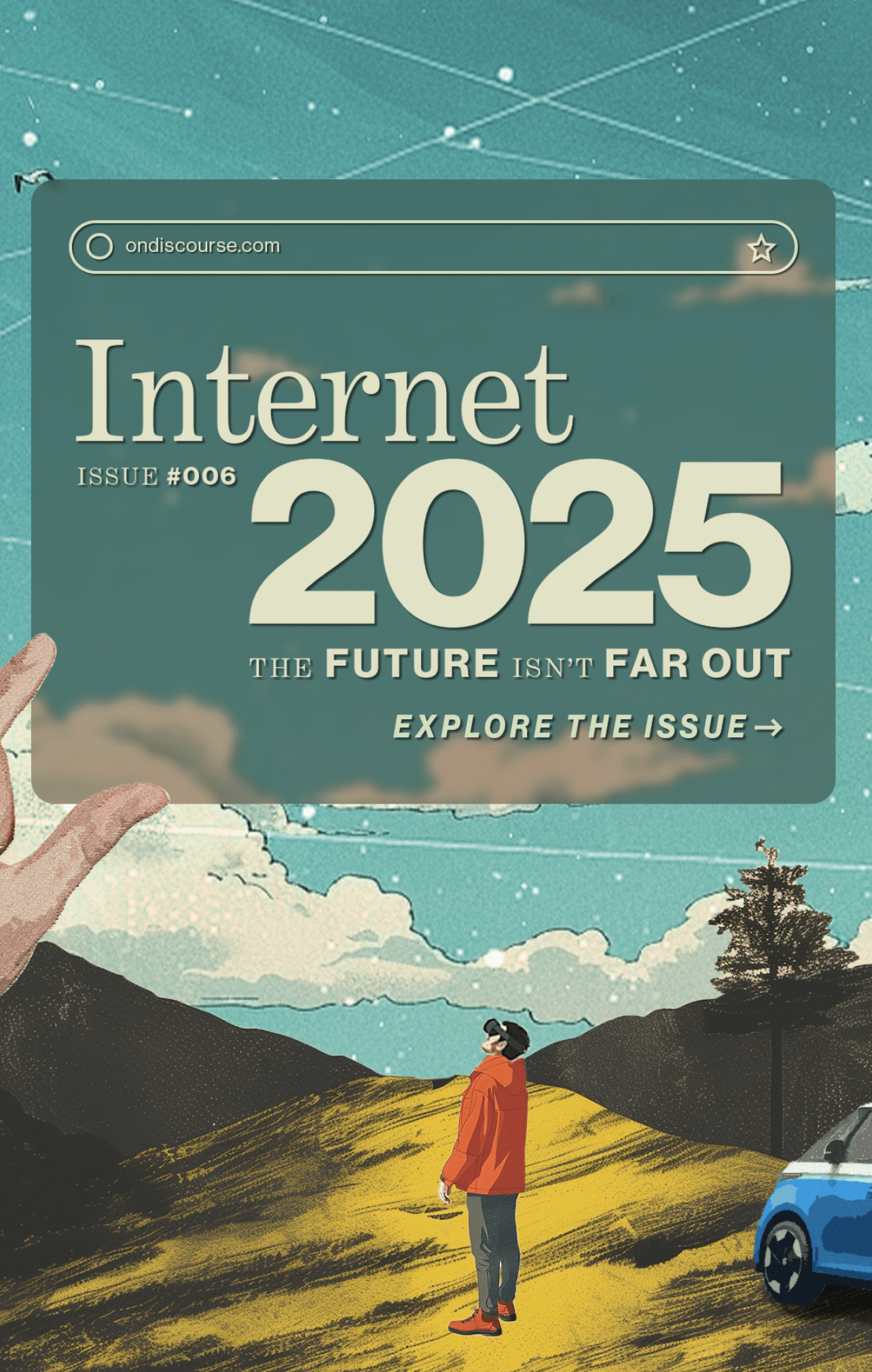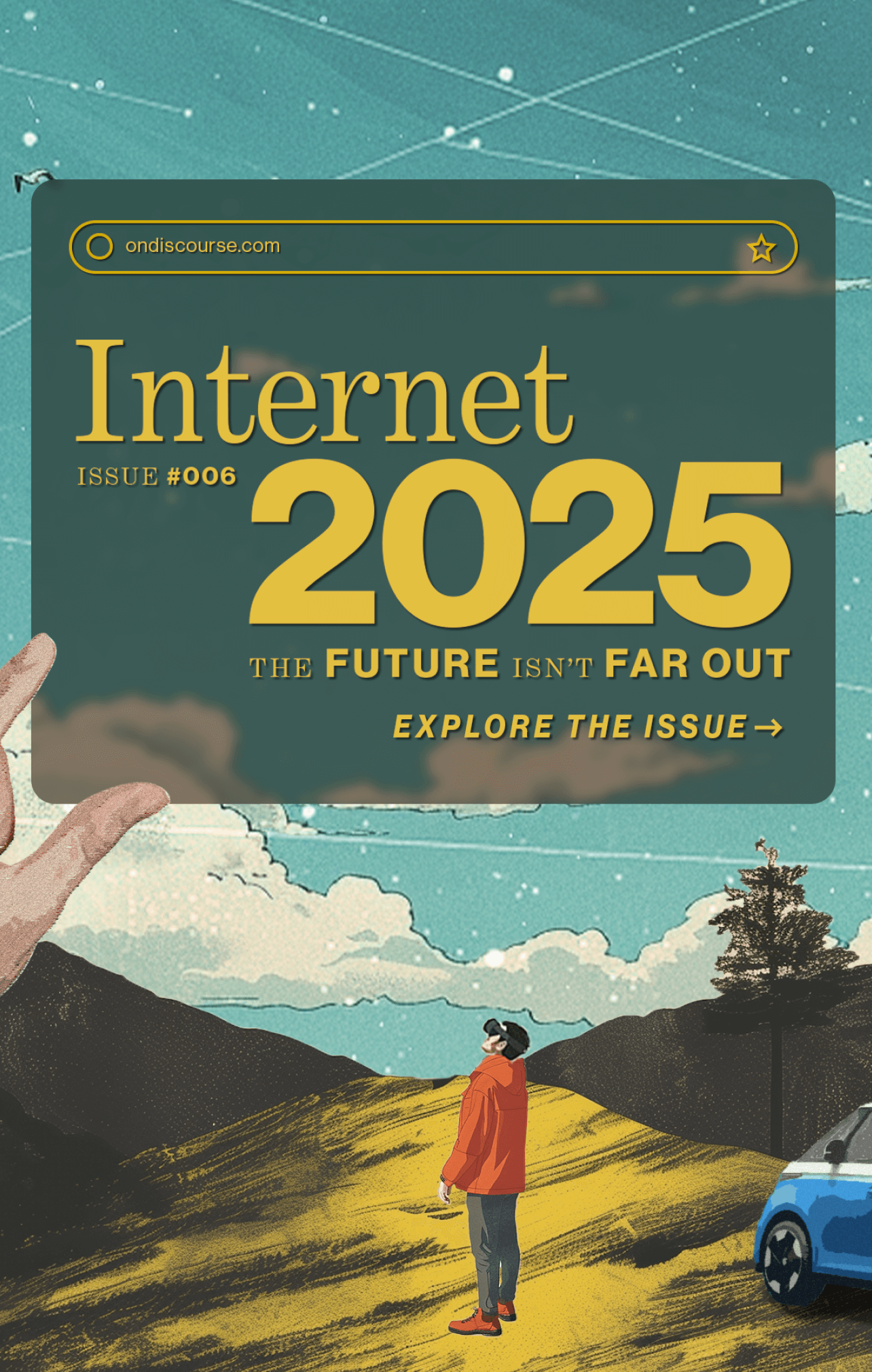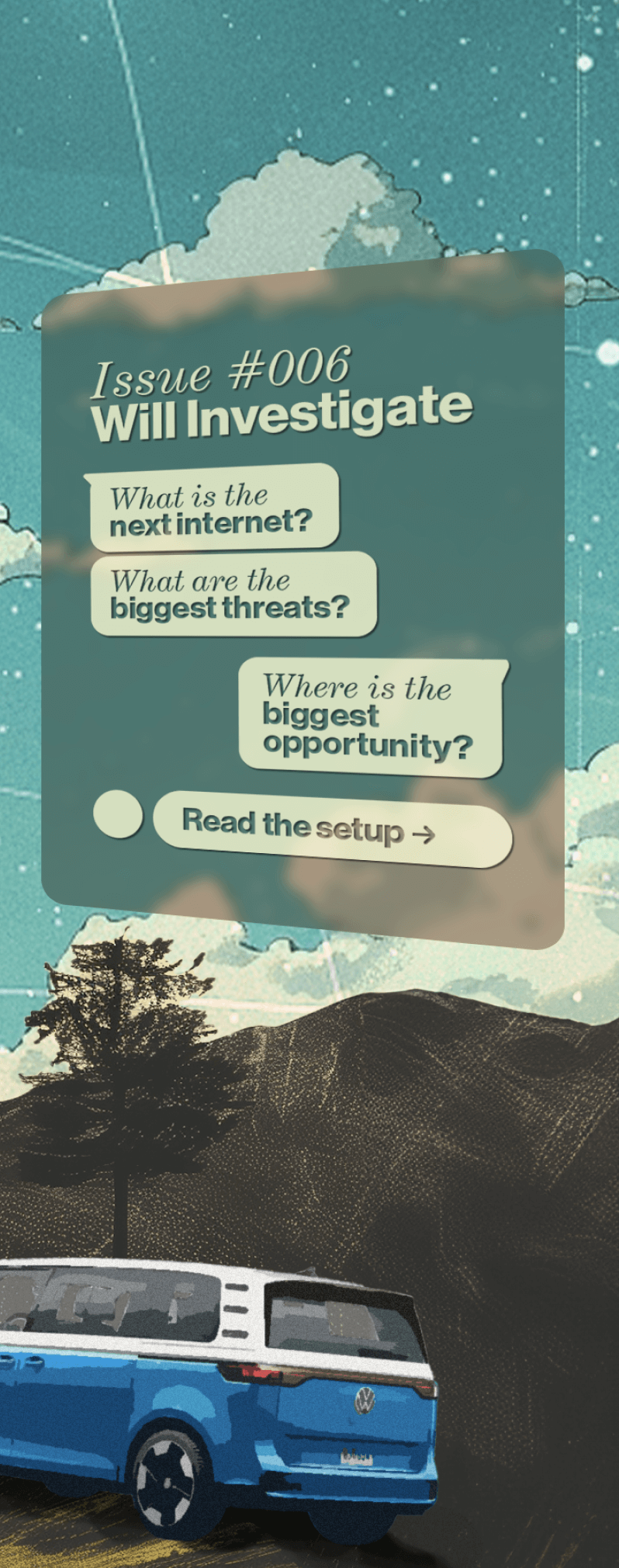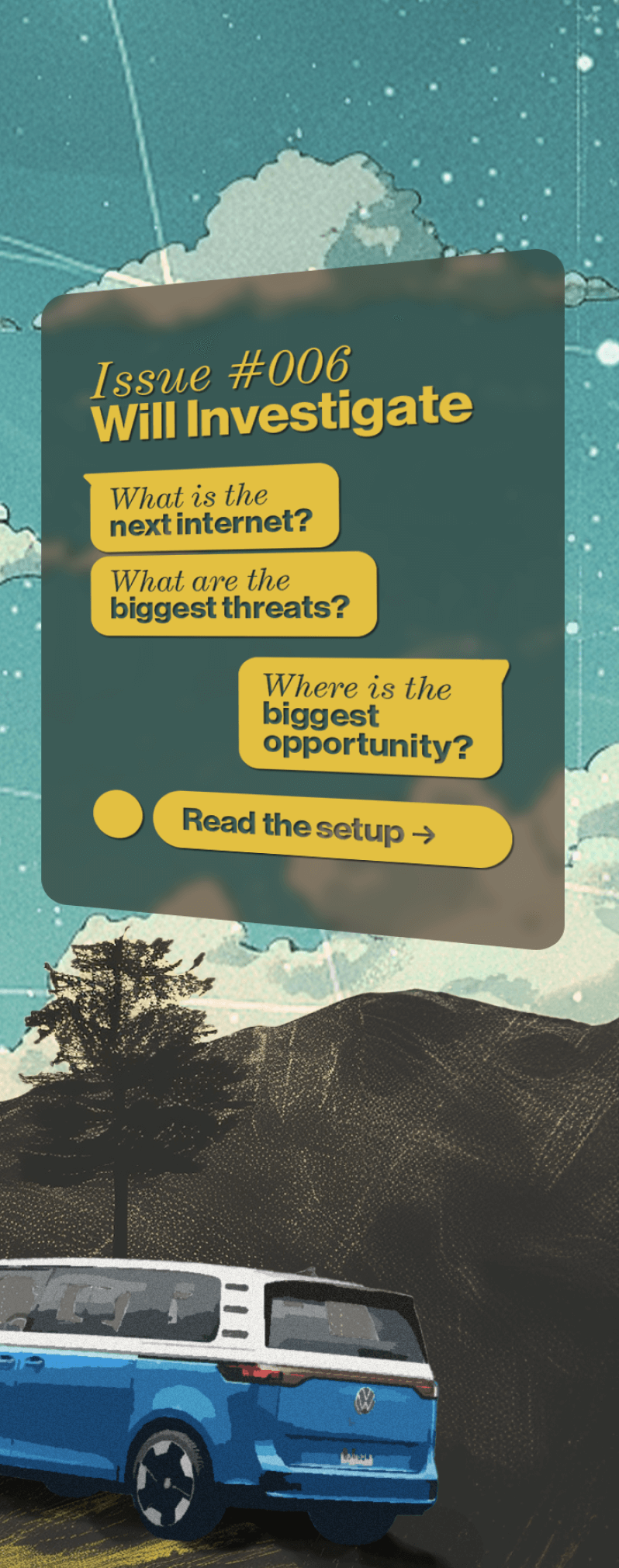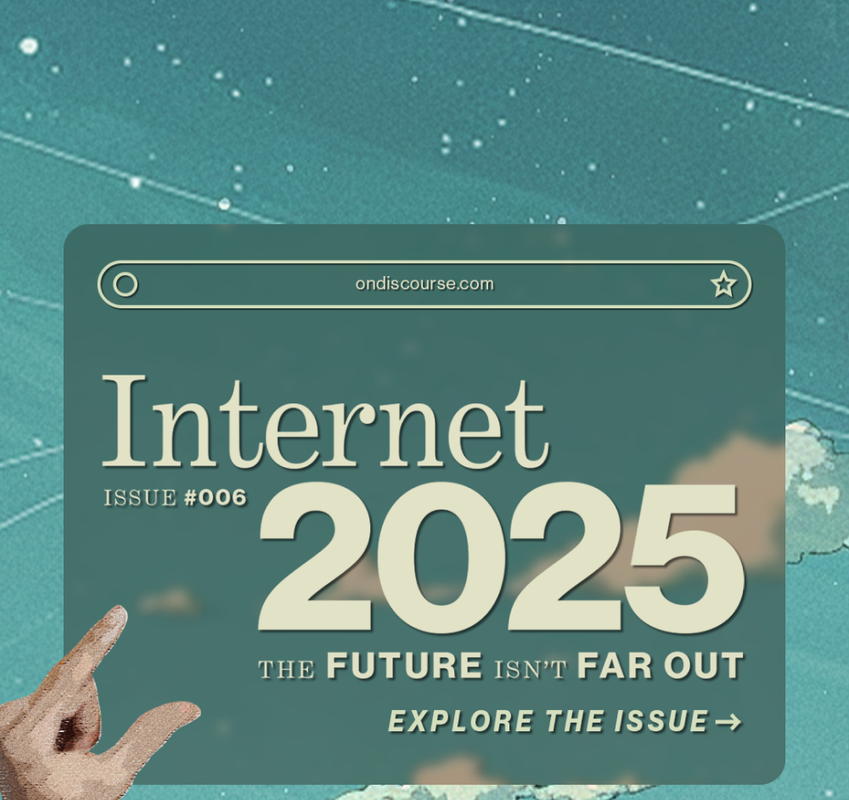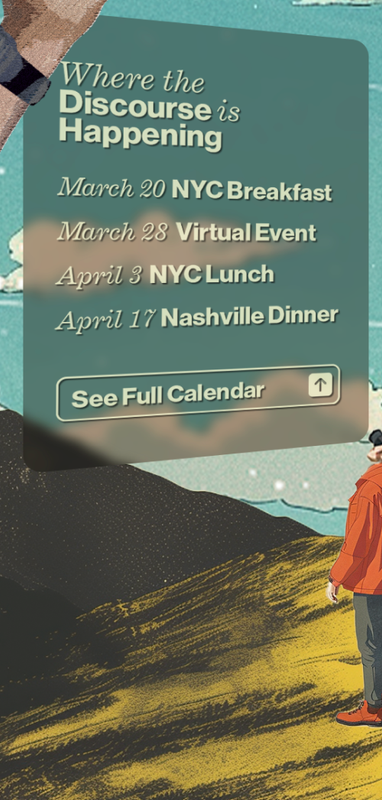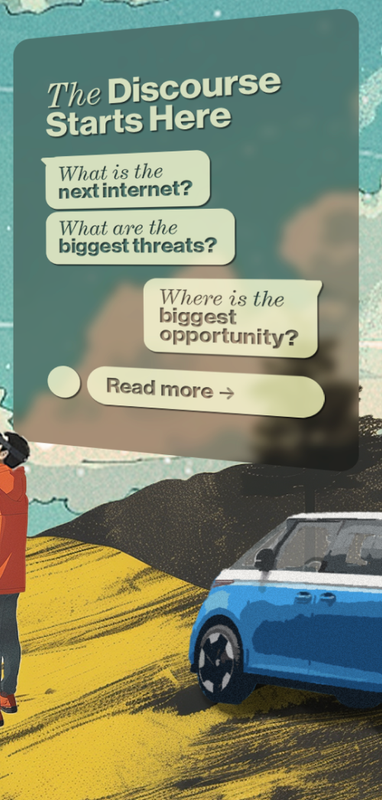The
Next Internet
Will be Built on a
Shared
Technology
Stack
Hardware will drive a new type of connectivity
Editor’s note: This perspective comes from an executive leader from a global agency. We were intrigued by the way Michael connected hardware developments to business strategy which ultimately leads to a new kind of user-experience. His vision for a contextual connectivity between devices aligns with another conversation we overheard about Internet 2025. We think this theme deserves some more attention, so stay tuned for an update.
This post was written by human Michael Olaye and narrated by AI Michael Olaye (powered by Wondercraft.ai).
The next internet is going to run on a shared technology stack that is going to fundamentally change the business model of the major platforms. This shift is going to reverberate across the entire internet and redefine what it means to be connected and online. Pay attention to this shift because if you work, play, and exist anywhere on the internet, you will feel this.
This post will focus on two things: 1) I will describe what is happening now, so I can 2) predict (and promote) a new kind of internet.
1.
Where We Are Today
The best way to understand the incoming changes is to understand the outgoing model: we are in the waning days of the siloed internet. In this system, the platforms have already built up their own massive proprietary system that profit out of their exclusivity. The entire system is designed to have very little overlap from one platform to the next.
Apple has a reputation for strong silos. Its rivalry with Google is a good example of this. The overlaps between the two platforms are limited, quarrelsome, and exist to underscore brand distinctions across identical service offerings. Until recently, iPhone users were prevented from making Google Maps the default navigation app; and Android users continue to be outed in group chats by notorious green text bubbles. Notice, though, that the nature of the relationship changes when the two platforms have complimentary services.
It has recently been revealed that Google has paid Apple billions of dollars to be the default search in Safari. It is important to break this down: Apple has no stand-alone search product. As a result, Apple synced its billions of consumers that own hardware (the iPhone) and its software (Safari) with Google’s proprietary software (search).
This deal is a preview of a new business model that will transform Silicon Valley platforms from competitors into collaborators. AI is already starting to do it.
2.
What Happens Next
The next internet is accelerating too fast for competition to exist in conventional ways. The innovation curve of AI, combined with Nvidia’s hardware stack is forcing platforms to change their business strategy. Nearly every month, the exponential advancement of AI models and GPUs reinforces the same core point: no one will be able to catch up to this, not even the platforms.
The platforms are now realizing that all the cash in the world is not going to buy them enough time to get ahead of the perpetual innovation curve of the next internet. If Apple dedicated its resources to developing a proprietary LLM, it would take years to build and deploy, and get lapped by another competing model within 12 months. Time is the first issue. The second issue is hardware.
Since the emergence of AI transformers in 2017, we’ve witnessed machines developing progress autonomously, shifting the focus from user access to hardware access. This dynamic sets the stage for unconventional relationships between big tech social/data companies and hardware technology giants. This is where Nvidia’s central role in the new foundation for the web is going to architect a new layer of connectivity.
This is not an arbitrary theory for business strategists; the implications of these changes will redefine the way every individual uses the internet. Every time I turn on my smart TV, I have to perform a sequence of rudimentary actions that essentially identify myself for my device. Think of those actions as accessing and connecting the silos across all the various networks, services, and devices.
3.
The Next Internet I Want to See
Let me start with the obvious point: I expect the next internet to know who I am before I jump on it. Additionally, I expect more context clues to be drawn from my behaviors and moments that will enable deeper physical/digital interactions. Who else is in the room with me when I turn on the TV? What do they bring to the moment that alters the experience?
Imagine having a personal AI assistant that accesses and compiles personal open graph data from both online and offline sources. These data sets, available through business partnerships, power AI, autonomous, and robotic products—all linked by a single AI persona representing your interests. It sounds far-fetched, doesn’t it? This system reminds me of J.A.R.V.I.S.
The next internet is going to turn the moments of our life into the main show.
On a typical day, this AI seamlessly transitions across different products, maintaining context—from your morning routine to meal preferences to home preparation—all without constant human input. While elements of this scenario exist today, they often operate in isolation, requiring ongoing context from users. Who wants to tell their Google Home to adjust the heating when they’re already hot? My AI would know better.
The UI of the next internet will be largely invisible; prompts will come from a combination of implicit and explicit user actions – like the difference between a behavior as a prompt and a command. The brands and platforms that power these connections will recede into the background a little bit more. In this way, the platforms will mirror the networks of the television era; they have a vibe, broadcast their content, but at the end of the day, the main show is all that matters.
The next internet is going to turn the moments of our life into the main show; our online experiences will be more connected, more contextual, and more personal.

